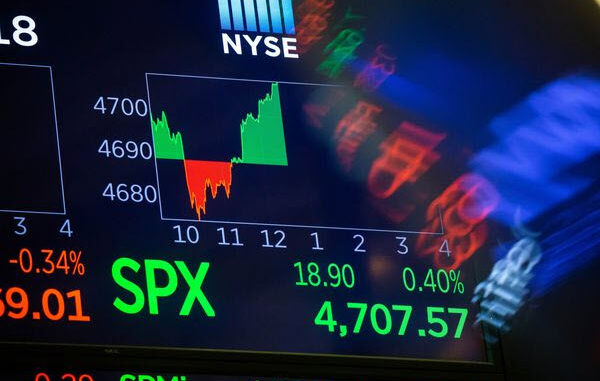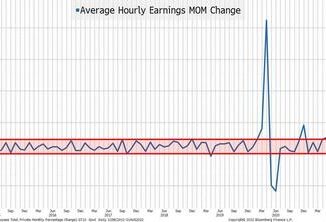
Homebuyer demand suffered a cataclysmic blow this week as mortgage rates hit a high not seen since 2008.
A 30-year fixed mortgage rate rose to 5.89% from 5.66% one week ago, according to data from Freddie Mac. In just three weeks, rates have risen three-quarters of a point, and are up 2.5% from the start of the year.
Inventory shortages and high borrowing costs have driven many inflation-hit homebuyers back into the rental market and out of the buyer’s market. Meanwhile, those remaining in the market are operating more cautiously, and with less enthusiasm, causing sellers to have to lower prices to drive them to buy.
Sam Khater, Freddie Mac’s chief economist, said in a statement, “Mortgage rates rose again as markets continue to manage the prospect of more aggressive monetary policy to combat elevated inflation.”
Mortgage demand was still at a 22-year low at the end of August, while purchase and refinance activity remained low, according to data from the Mortgage Bankers Association’s survey for the week ending September 2. For nine of the last ten weeks, purchase activity has been dropping, and is 23% lower than the same week a year ago.
Doug Duncan, Fannie Mae’s chief economist, said “Homebuyers may be incentivized to remain on the sidelines anticipating home price declines, contributing to a further cooling in home sales through the end of the year.”
At the same time, there are signs home prices are softening. According to Realtor.com, the median home price dropped from June’s record high of $450,000, to $449,000 last month, to $435,000 this month. And according to a new Fannie Mae housing sentiment survey, 33% of people believe home prices are going to fall within the next 12 months, an increase of 3% over the month prior.
Nevertheless, home prices are up 39.6% over August of 2019. The median monthly home payment sits at $2,000, which is about 61% over what it was last year.
Robert Heck, vice president of Morty, said in an interview, “We’re just now starting to see more of the effects of the dramatic increase in rates from the start of the year. For homebuyers… rates may have to come down before we see short-term activity pick up again.”
According to Fannie Mae, seller confidence drove housing sentiment to hit a record low in August. 35% of survey respondents said it was a bad time to sell, while only 59% of sellers thought it was a good time to sell – a two-year low.
Sellers have been dropping prices across all markets to attract buyers. The percentage of homes with a price cut increased to 19.4% in August, which was up from 11% one year prior. that is roughly in line with the average during the 2017 to 2019 levels.
Heck noted, “As home prices come down, buyers are having a little bit more bargaining or negotiation power and more options to purchase a home. But the amount of contingency waiving being reduced is market dependent. Some markets in the Sunbelt area have had absolutely crazy home appreciation and people looking to purchase are finally having that pressure alleviated.”
However the drive to cut prices has caused some sellers to pull back and sit on the sidelines, tightening supply. Newly listed homes have declined 13.4% from a year ago.
Heck said, “In normal years, we always see this end of summer slowdown around Labor Day and then activity tends to pick up in the fall again between September and December. We’re definitely at a point where we could see activity pick up a bit, even if rates were to stay the same. But if mortgage rates come down, we’ll see that shorter term activity really jump.”
The Daily Financial Trends



